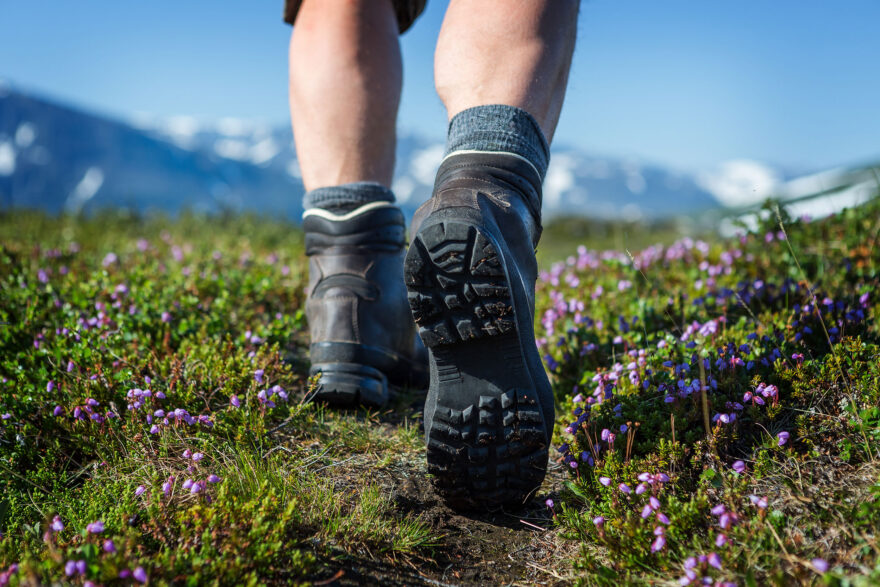
Image by Jens Ottoson, Shutterstock
Spring is one of the best seasons to get outside. You’ll typically see wildflowers blooming and trails thawing. The air seems to just smell different. But it’s also a season of unpredictable weather, soggy ground, and cold, damp nights — especially in higher elevations.
Whether you’re a seasoned backpacker, a casual day hiker or a weekend camper, knowing how to handle spring’s unique challenges can mean the difference between a great adventure and a miserable (or even dangerous) one.
Here are five essential survival skills to know before heading out:
1. Navigation in Wet and Foggy Conditions
Spring weather changes fast. One minute you could have clear skies, and the next, thick fog rolls in. This can mean hidden landmarks and blurred trails. Yes, GPS devices are great, but batteries die and electronics could fail in damp conditions. It’s nice to have some old-school navigation skills.
You should always carry a topographic map and a compass when hiking or backpacking, and know how to use them. Reading trail maps is a great skill to have. And if you’re new to compass work, practice triangulating your position before you’re in the field.
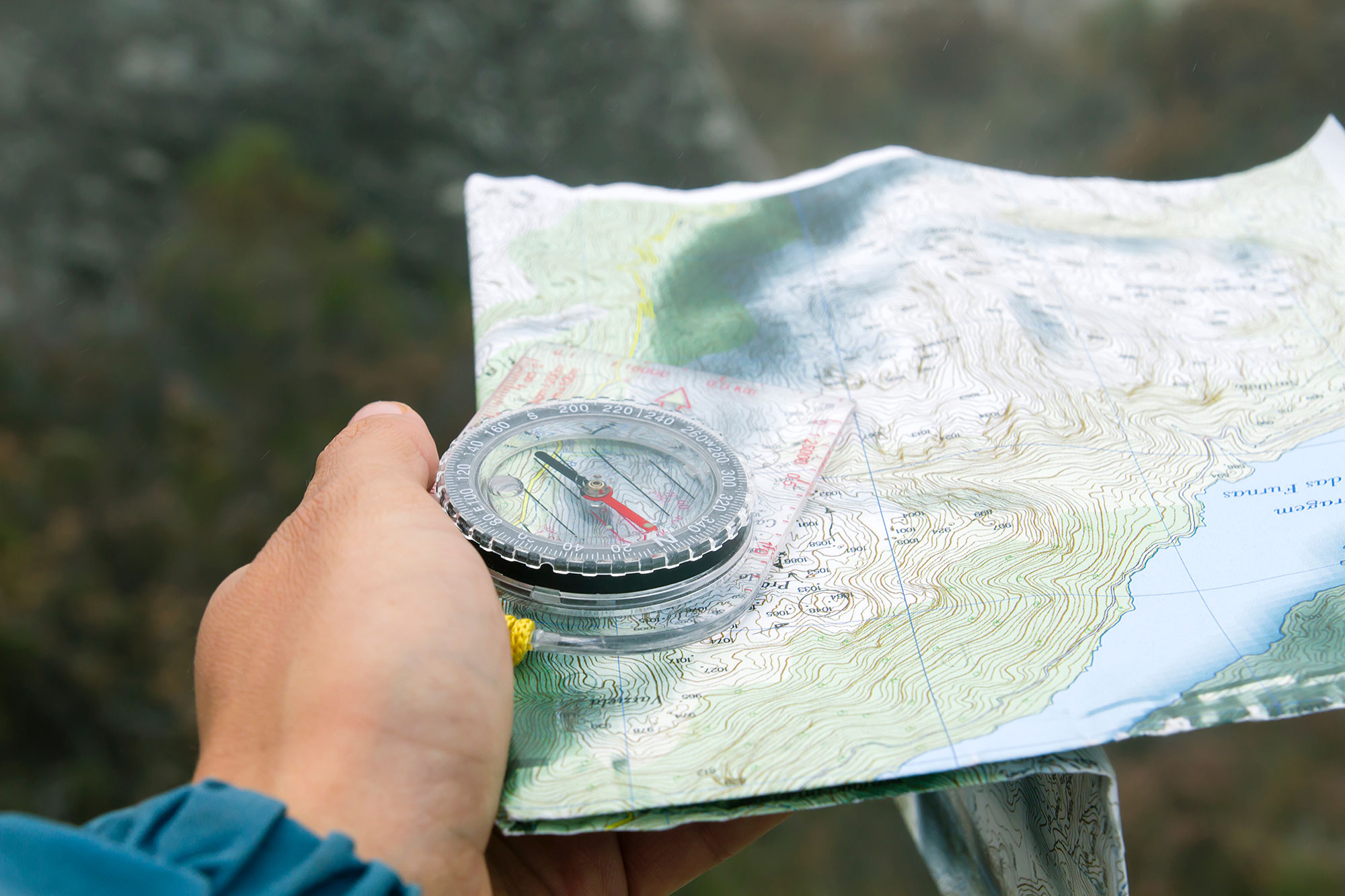
Pay attention to trail markers and natural signs. Even unique trees can help guide you back if the fog sets in. And if you get turned around, look for the flow of water — streams lead to rivers, which often lead to roads.
If you’re caught in thick fog, avoid moving in circles by picking a fixed point (like a tree or rock) and walking straight toward it. If you have a trekking pole, use it to check the ground ahead if visibility is poor.
2. Fire-Starting in Damp Conditions
Spring moisture makes fire-starting a challenge, but it’s not impossible. With the right technique and tools, you can get a blaze going even in wet conditions.
Find Dry Tinder: Look under fallen logs and trees for dry bark or inner wood. Shave thin curls with a knife to create a quick-burning tinder bundle.
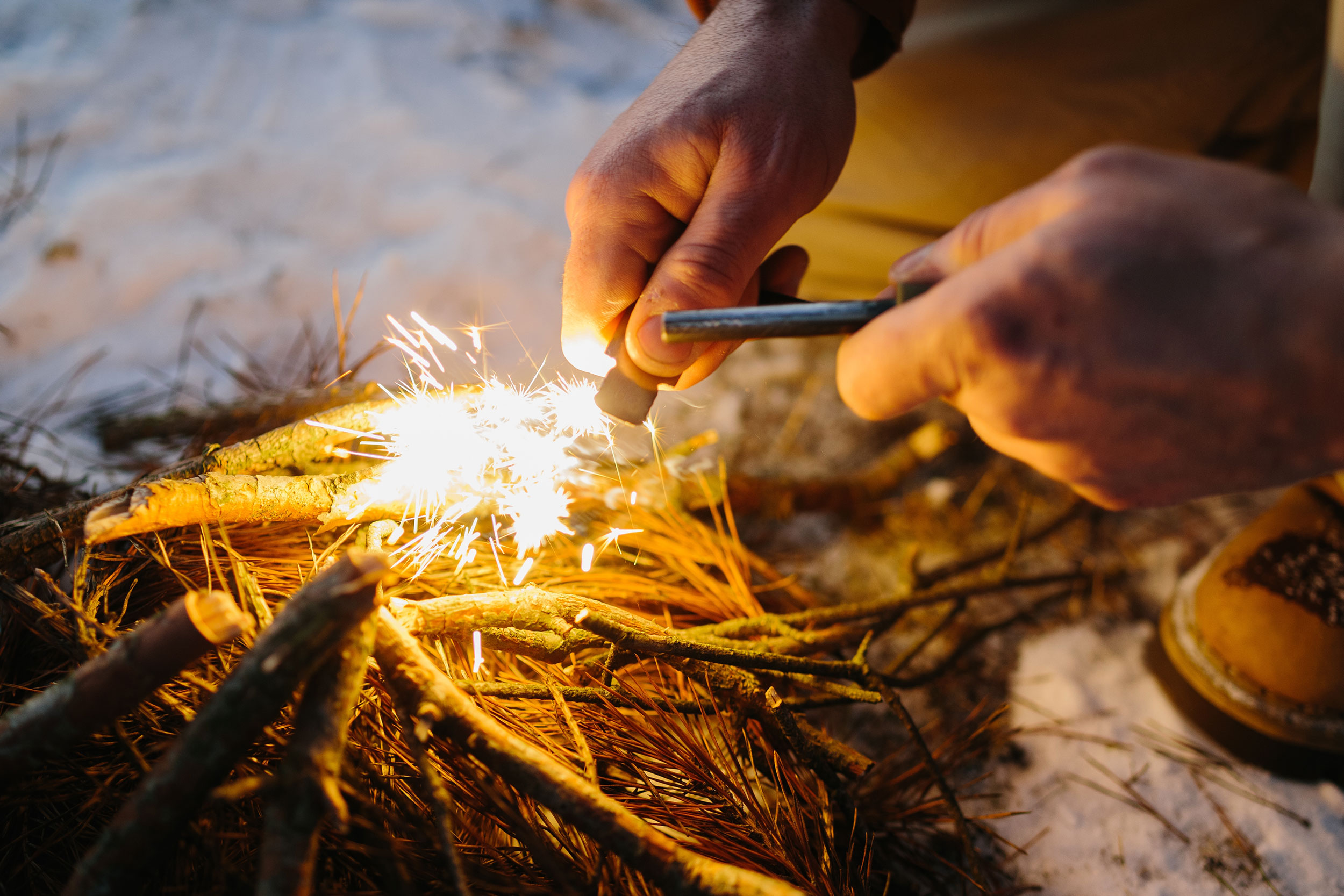
Image by Dmytro Sheremeta, Shutterstock
Feather Sticks & Resin-Rich Wood: Splitting a damp log exposes dry inner wood. Carve thin curls (feather sticks) to increase surface area for better ignition. Fatwood (from pine stumps) is naturally rich in resin and burns even when wet.
Fire Structure Matters: Build a teepee or log cabin fire structure, placing larger logs on the outer edges to protect the inner flames from wind and rain.
Use a Good Fire Starter: The Pull Start Fire pack, for example, is a nice rainproof and windproof solution. And it even lights wet wood. It will also burn for 30 minutes, even in light rain. You just wrap the string around a log, pull, and let it do the work.
Before you head out, brush up on more ways to start a campfire in wind, snow and light rain.
3. Water Filtration for Spring Runoff
Melting snow and seasonal rains swell streams and rivers. But spring runoff carries sediment, bacteria and contaminants. Drinking untreated water can easily make you sick.
Choose the Right Filter: A hollow-fiber water filter like the Sawyer Squeeze or Katadyn BeFree is lightweight and effective for backcountry water sources. Get to know some different water filtration solutions to find the one that works for you.
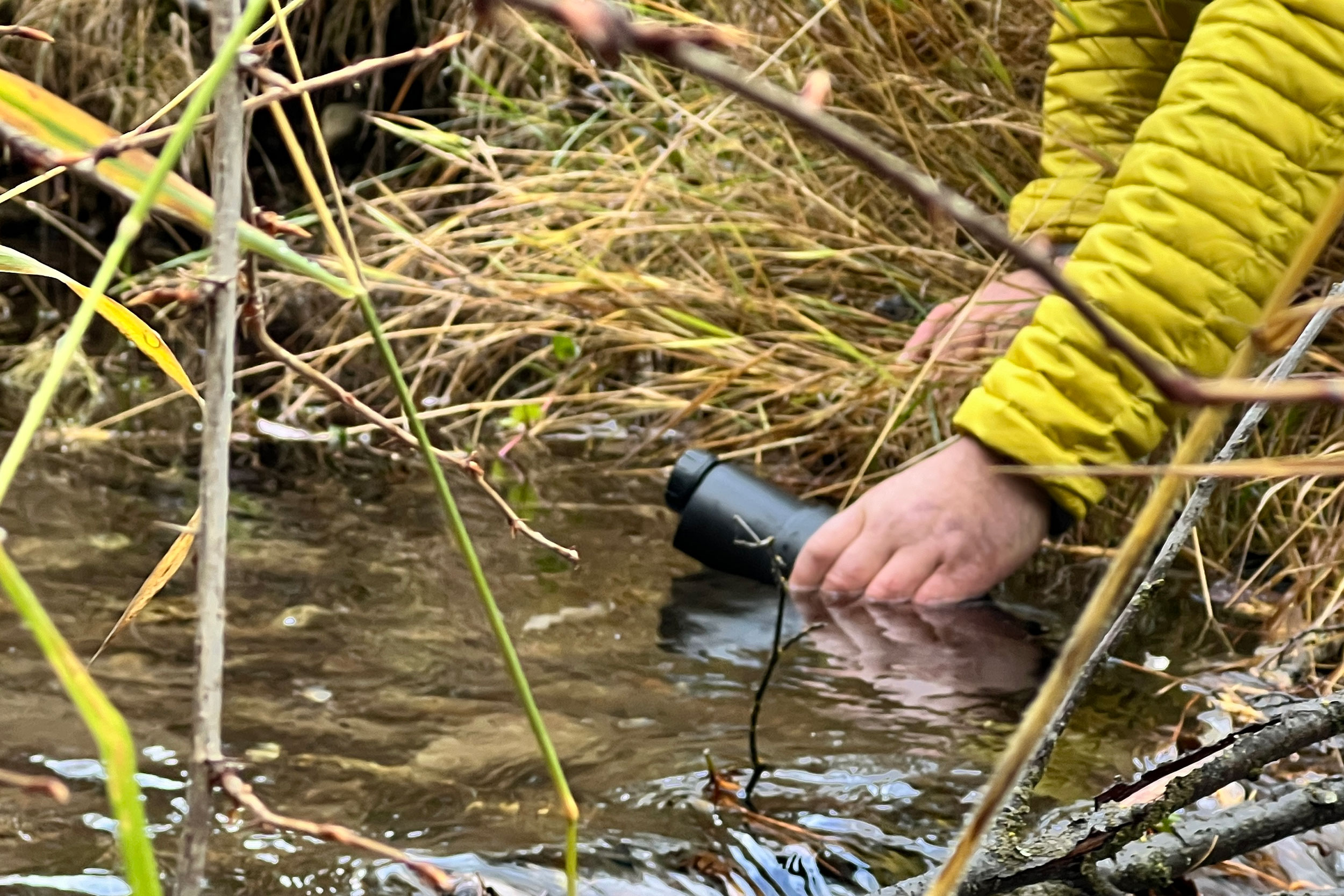
Filling the Vitaloop FlexGuard Filtration Bottle. (Image by Suzanne Downing)
Pre-Treat Cloudy Water: Let murky water settle in a container for 10 to 15 minutes before filtering to extend the life of your filter.
Boiling as a Backup: If you have fuel, bring water to a rolling boil for at least one minute (longer at higher altitudes) to kill bacteria and viruses.
Avoid High-Flow Areas: Water near riverbanks after heavy rain is full of debris and silt. Look for calmer, clearer pools.
4. Emergency Shelter Building in Wind and Rain
If you get caught out overnight in rough weather, knowing how to build a quick shelter can keep you dry and warm. There are several ways to build a make-shift shelter.
Debris Shelter: Find a sturdy fallen tree or lean a large branch against another tree. Layer branches and evergreen boughs over it to create a roof. Add leaves, moss, and bark for insulation.
Tarp Setup: A simple A-frame or lean-to tarp setup can be lifesaving. If wind is a factor, keep the open side facing downwind and use rocks to secure edges. Tarps have a ton of uses in the backcountry, so it’s a good idea to pack one along in the spring.
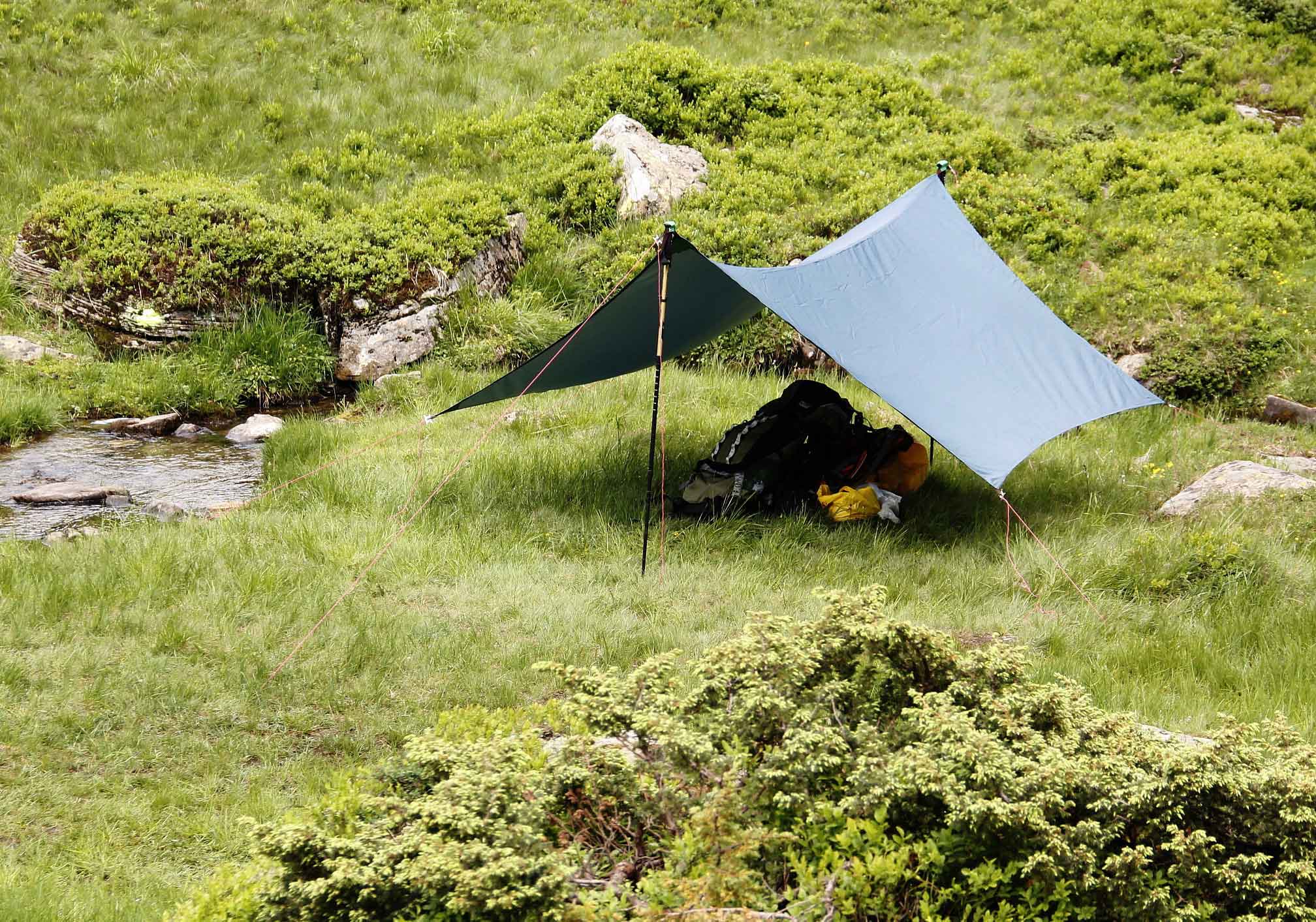
Bough Bed: Sleeping on wet ground drains body heat. Lay down a thick layer of pine boughs, grass, or dry leaves to insulate yourself from the cold earth.
Avoid Low Spots: Water pools in valleys and depressions. Choose higher ground to stay dry.
5. Hypothermia and Wet-Weather Layering
Spring temperatures fluctuate wildly. Hypothermia can set in fast when you’re wet and exposed to wind, even in mild weather. There are a lot of strategies for layering your clothing. Here are a few tips.
A Good Base Layer Matters: A high-performance wool base layer like the Ibex Woolies Pro Tech set is a good choice for your base layers. Merino wool keeps you dry since it wicks moisture away from the skin — think sweat when hiking. Wool also helps you regulate your body temperature, and insulates you even when wet.
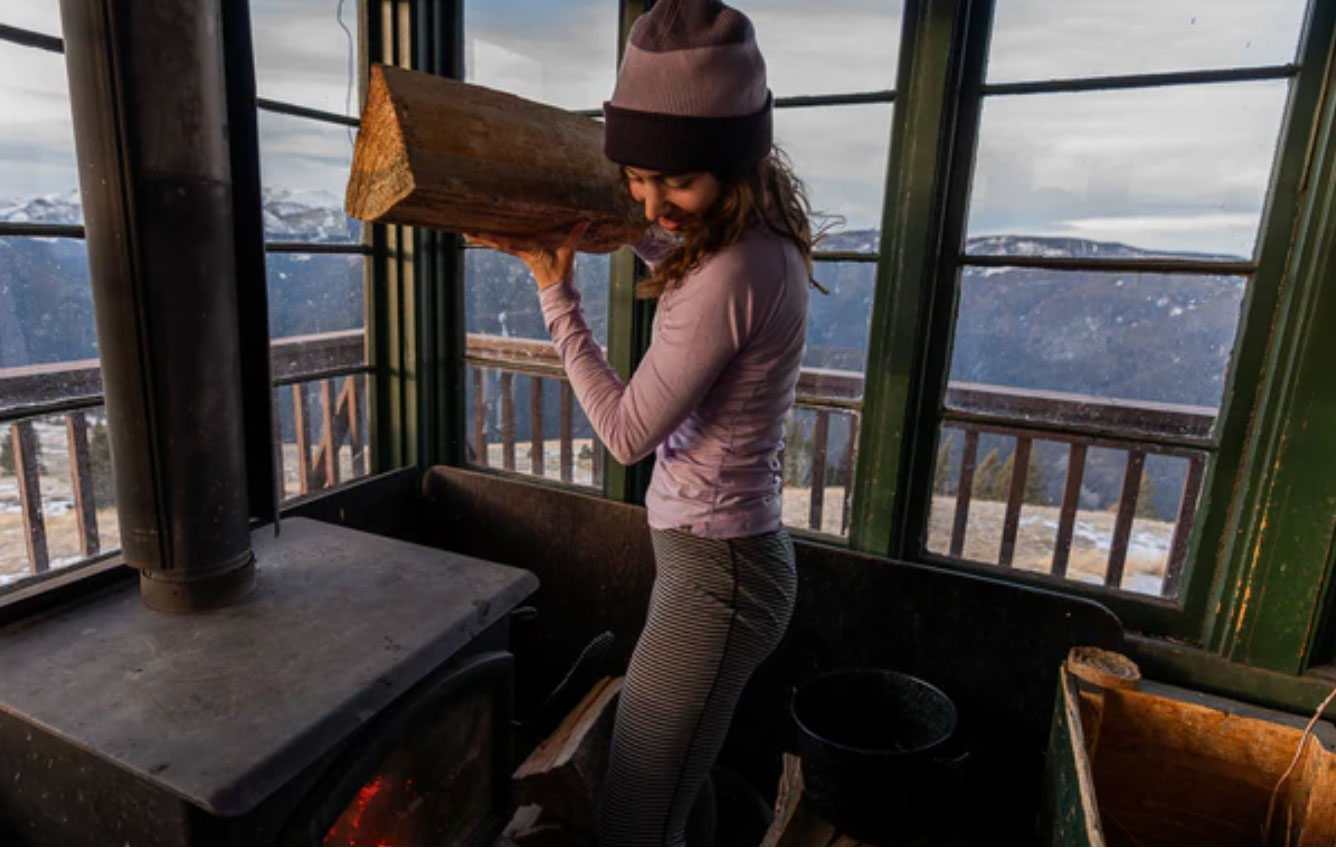
Image courtesy of Ibex
Mid & Outer Layers: A fleece or synthetic mid-layer traps heat, while a windproof, waterproof shell blocks rain and wind.
Swap Your Layers: One layering strategy to try is to avoid sweating too much by venting layers while hiking. When you stop, put on a dry layer immediately before you start cooling down.
Extra Gloves & Socks: You should always carry an extra pair of gloves and socks. Cold, wet extremities accelerate heat loss. It’s better to have extra and not need them than to be miserable with cold feet and chilly hands.
Final Thoughts: Adapt, Improvise, and Stay Prepared
So pack smart, layer up, and embrace the unpredictable beauty of spring. And remember — there’s no such thing as bad weather, just bad preparation.
Suzanne Downing is an outdoor writer and photographer in Montana with an environmental science journalism background. Her work can be found in Outdoors Unlimited, Bugle Magazine, Missoulian, Byline Magazine, Communique, MTPR online, UM Native News, National Wildlife Federation campaigns and more.
 Your Privacy Choices
Your Privacy Choices